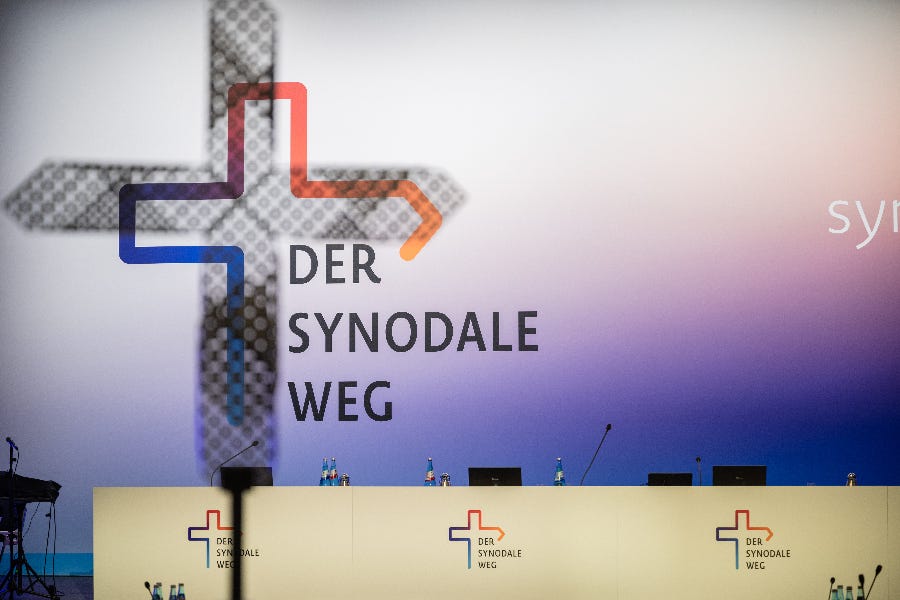German Catholics left Church in record numbers last year
More than half a million Catholics disaffiliated from the Church in Germany last year, but what do the numbers mean, and how do they break down?
A record 522,821 people formally left the Catholic Church in Germany in 2022, according to new statistics.

When deaths are factored in, the Church’s membership fell by 708,285 in 2022, with only 1,…
